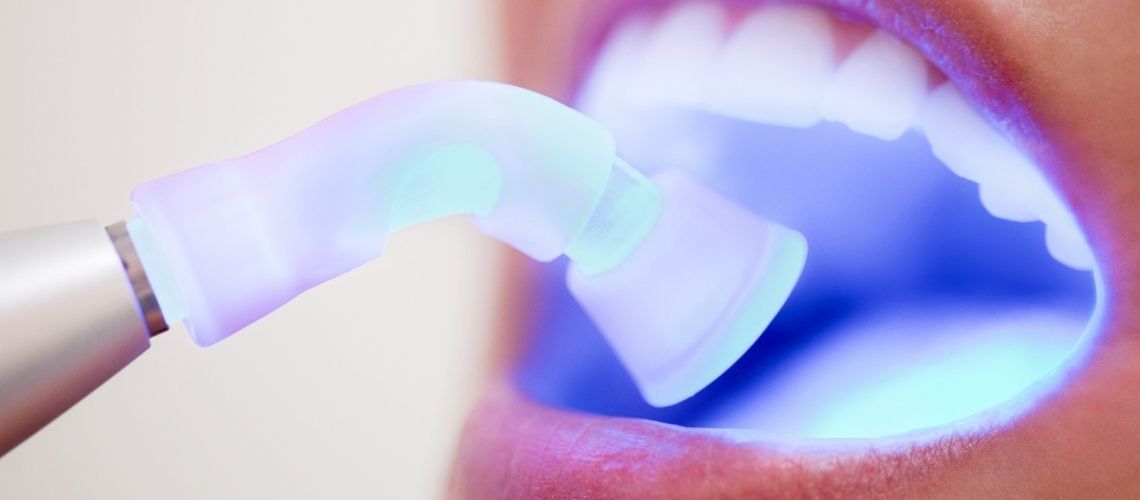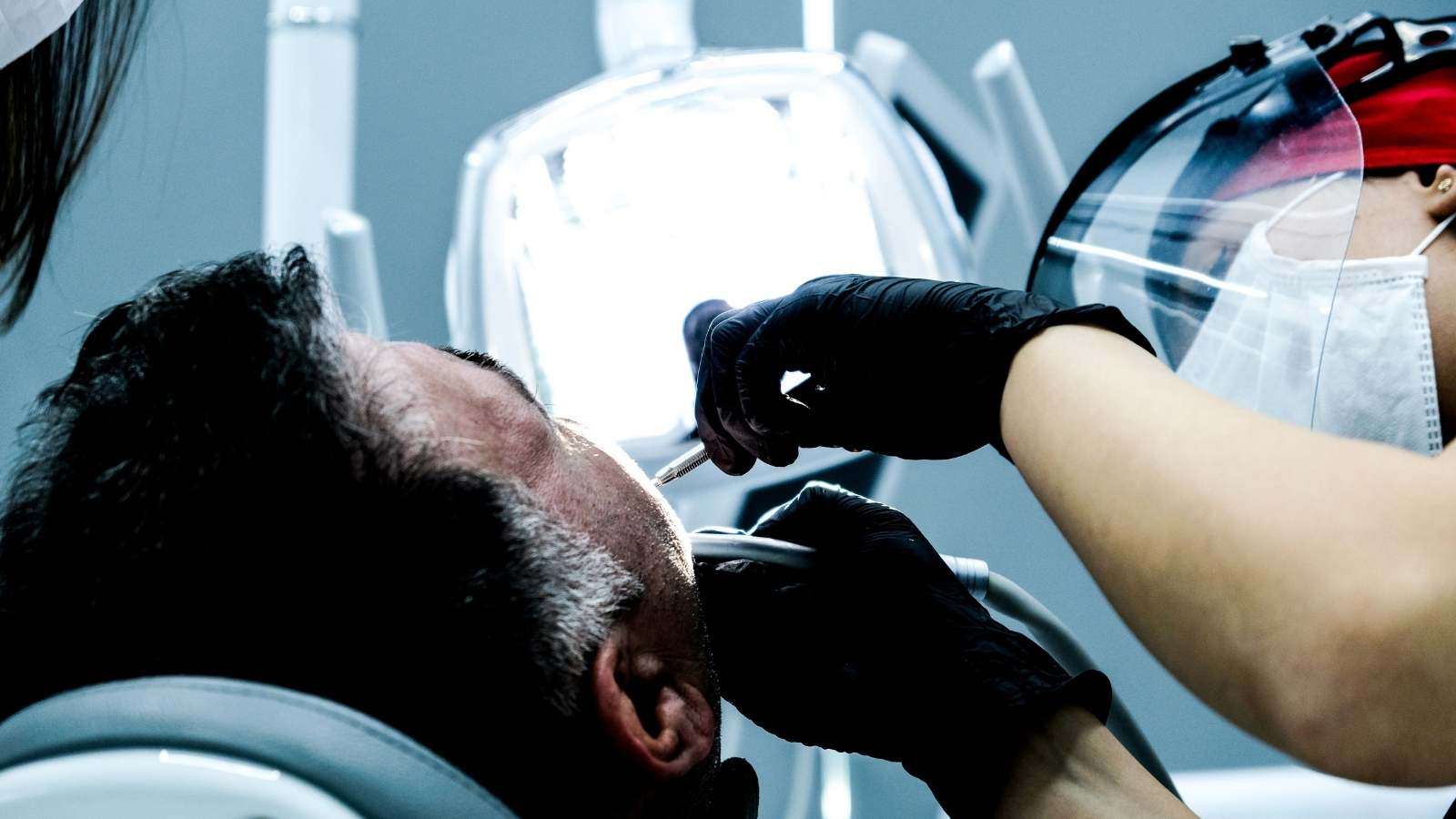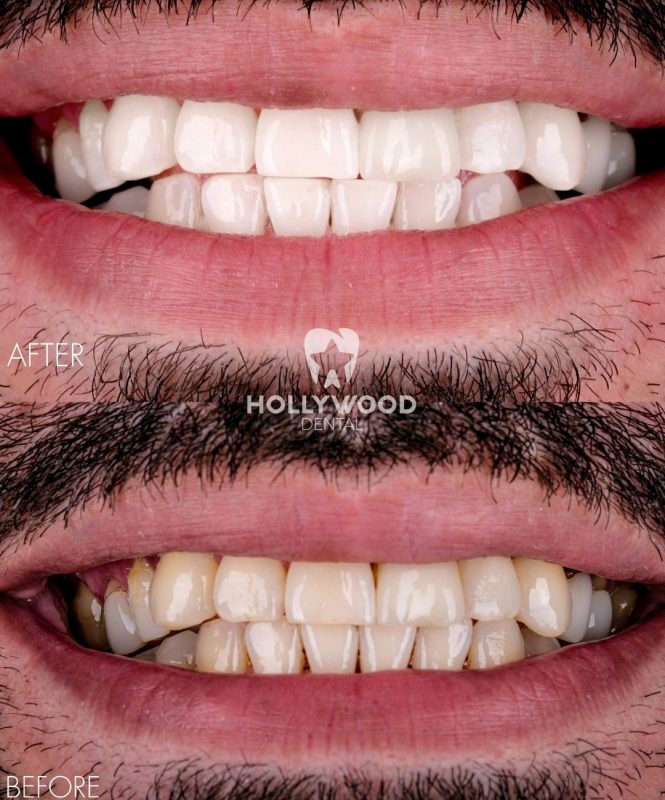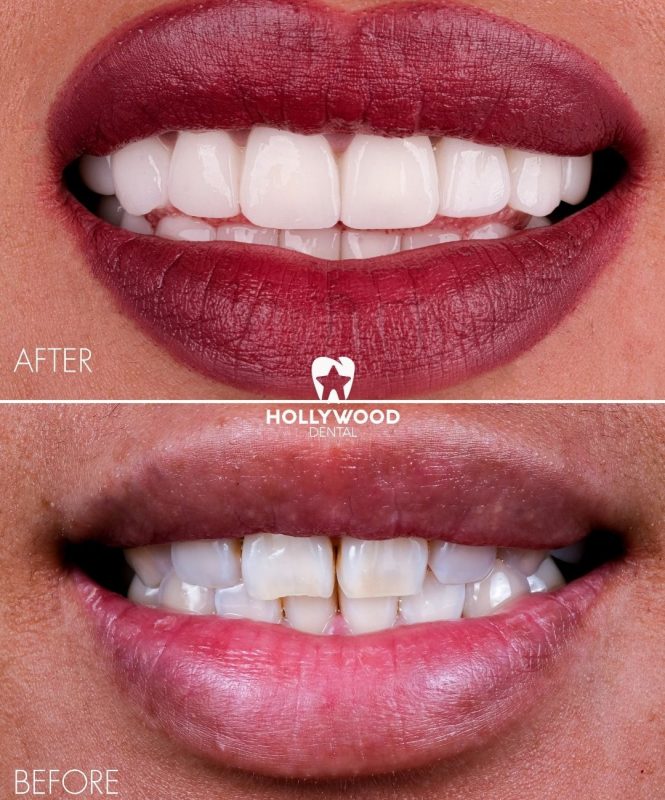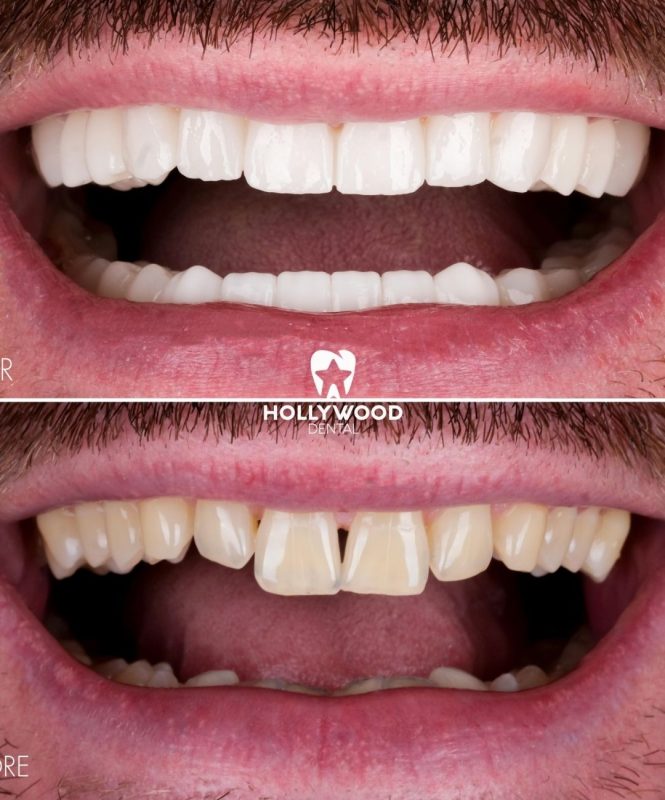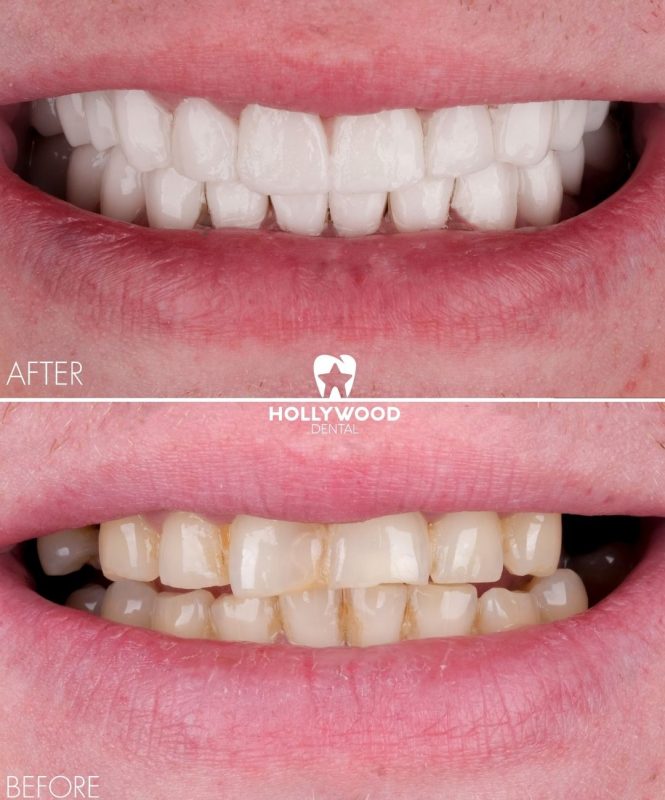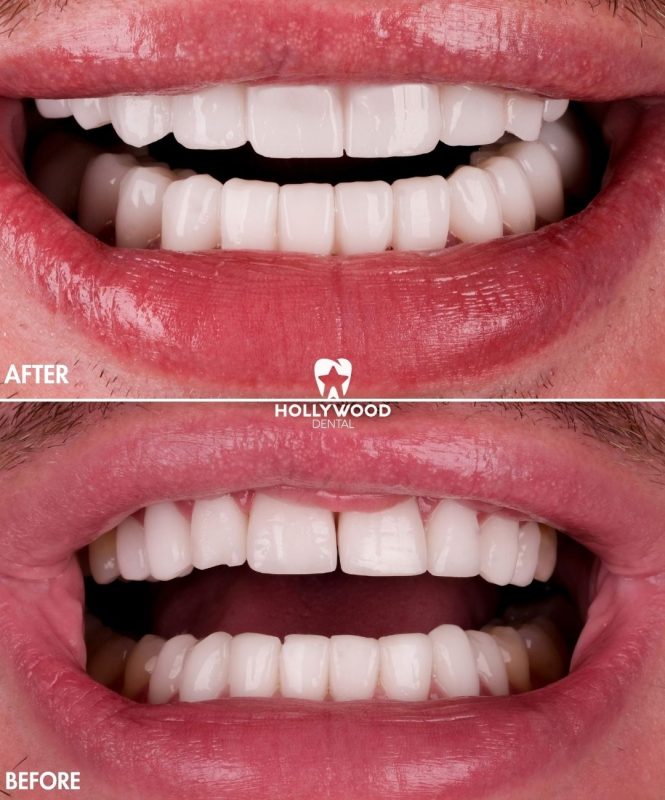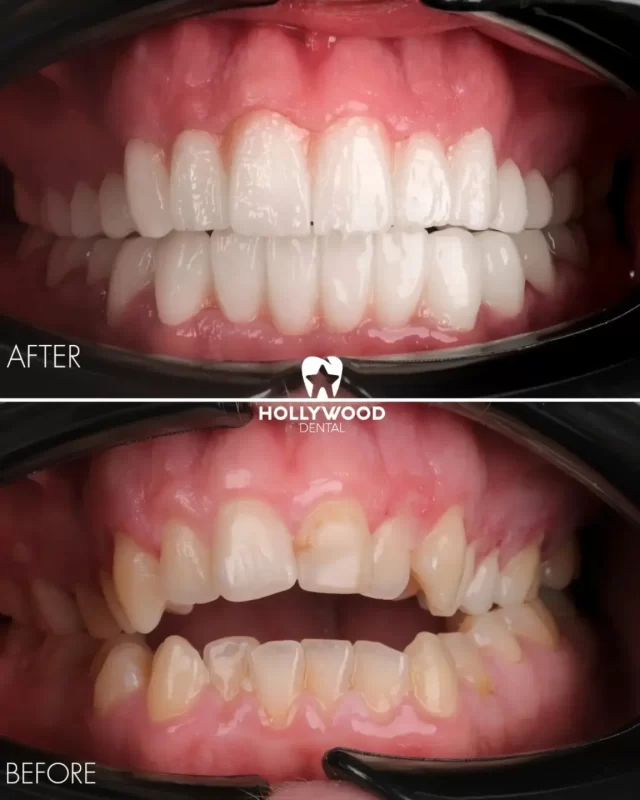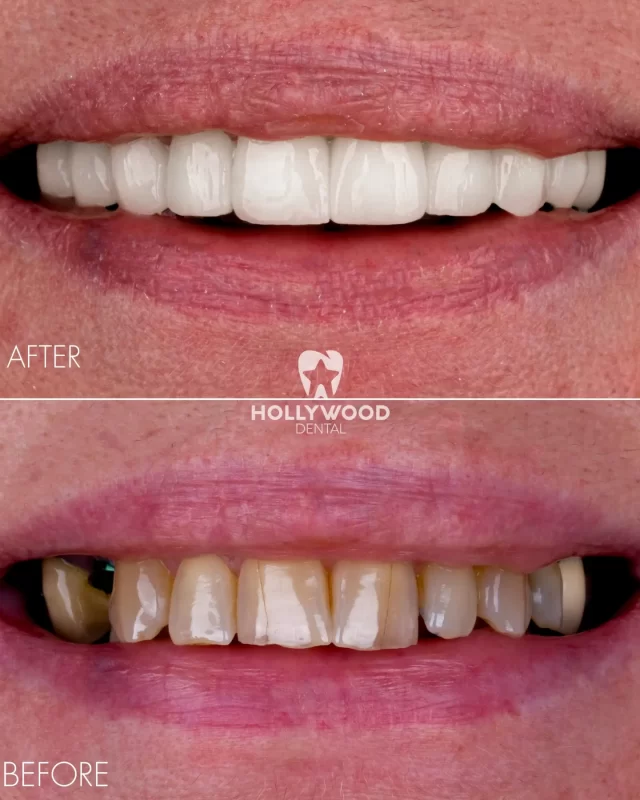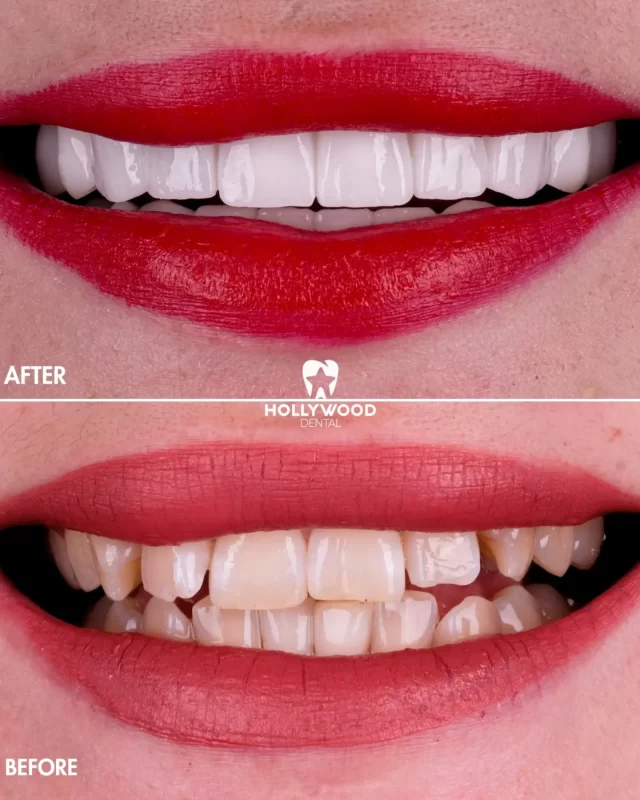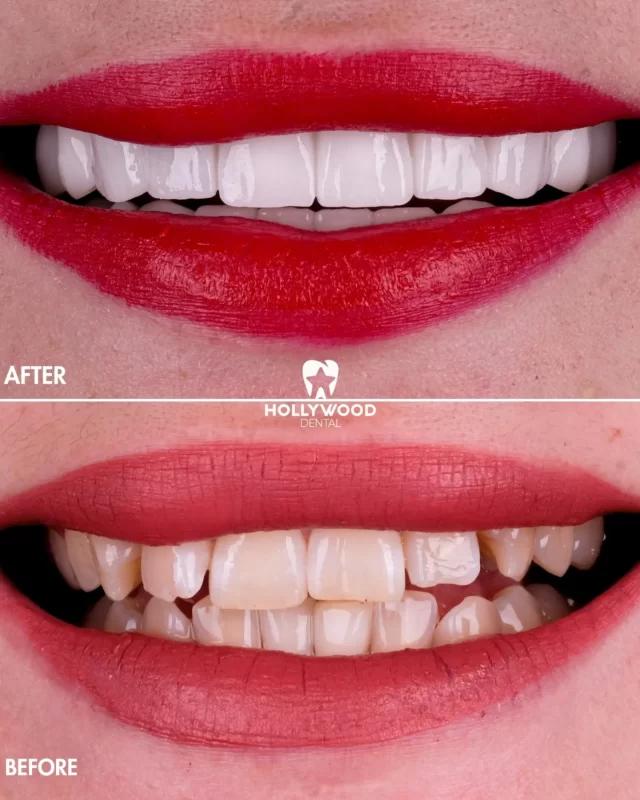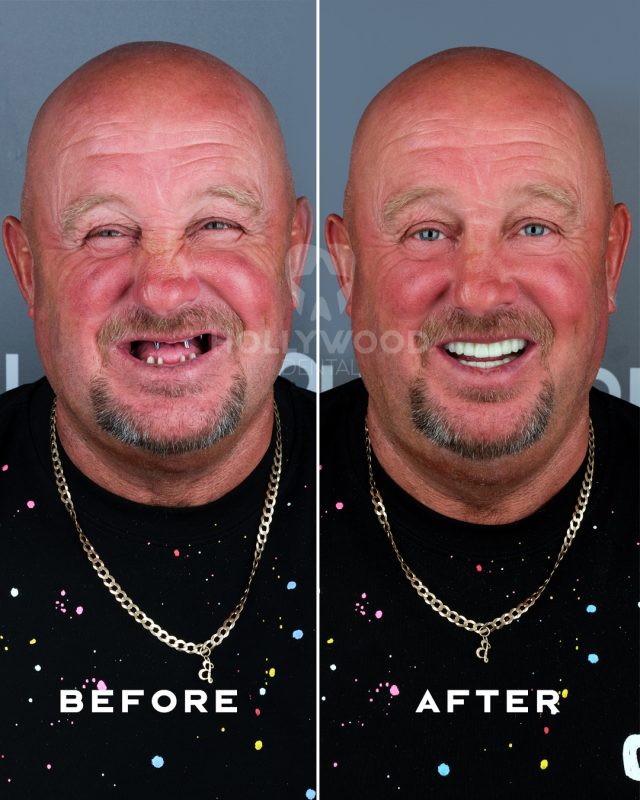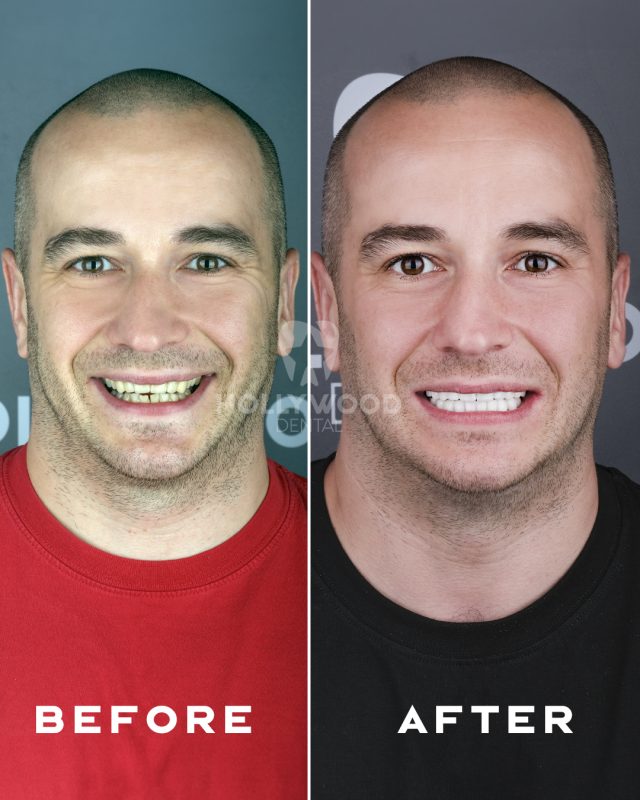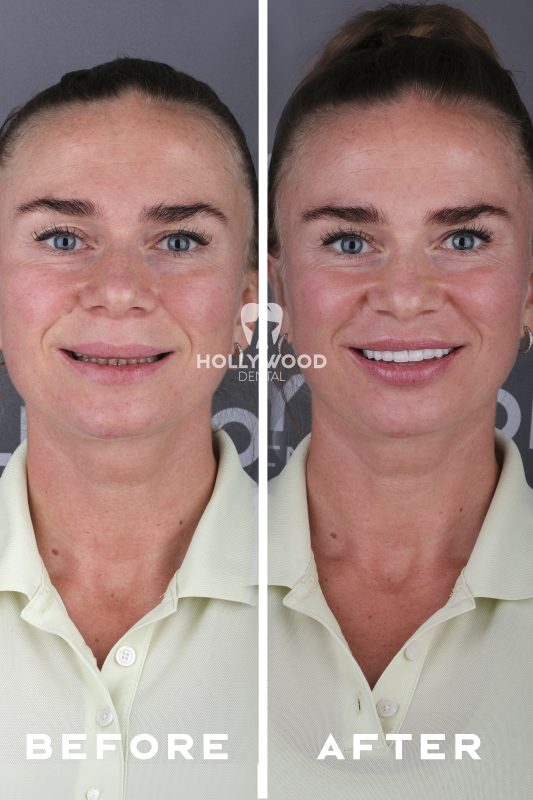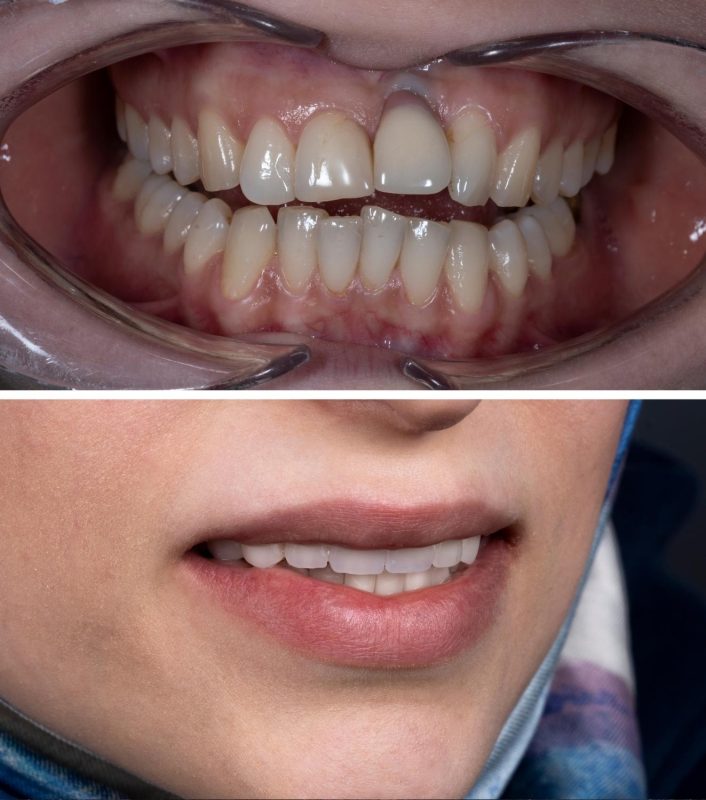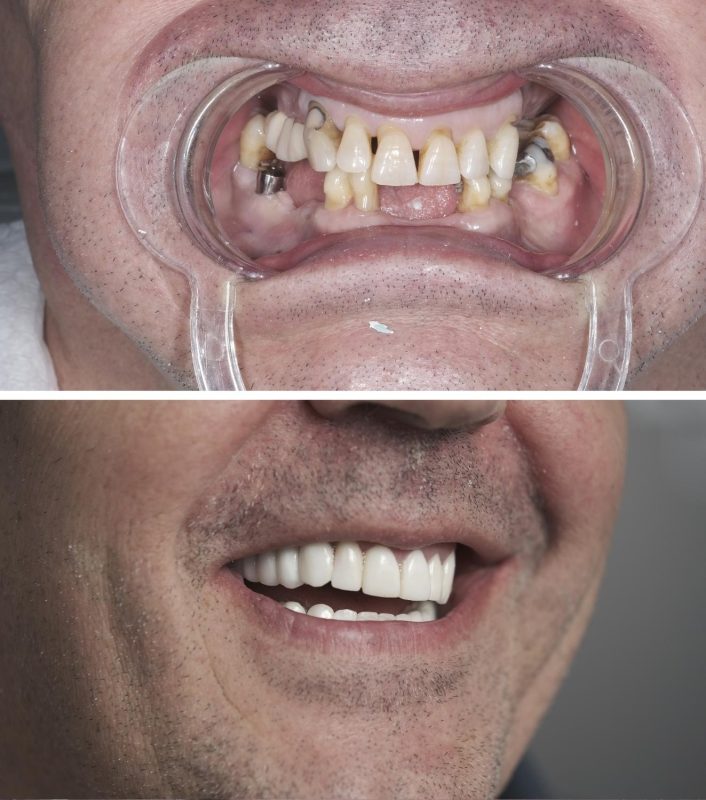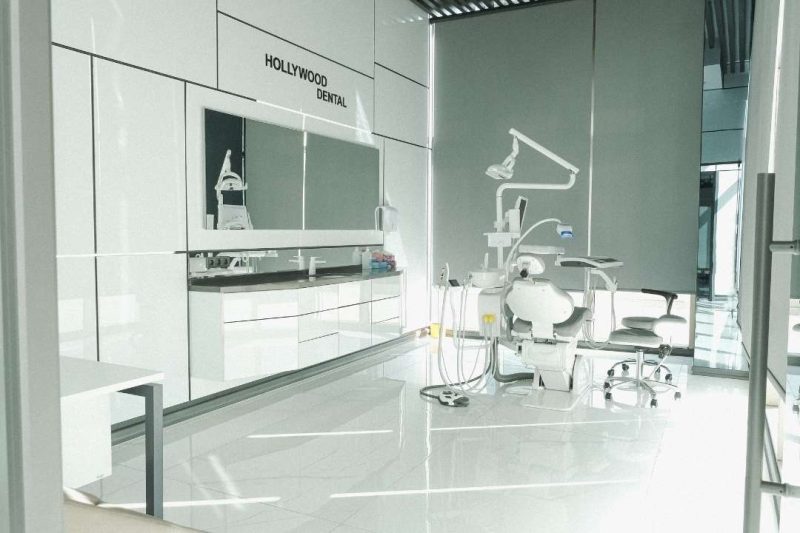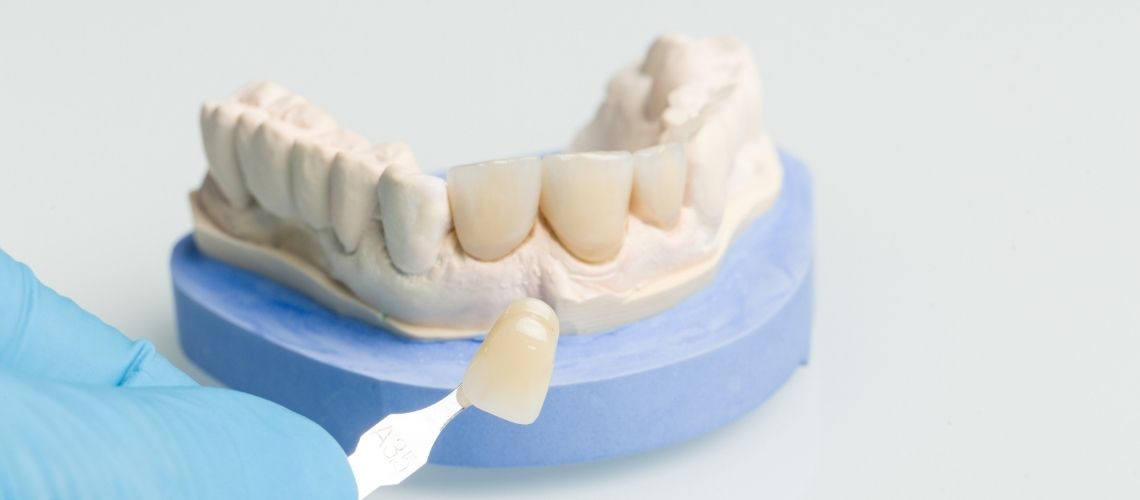Dental fillings are an essential treatment in dentistry. In Turkey, advanced techniques have been established to effectively repair damaged teeth. Various materials are used, including metals, plastics, and glass.
Each material offers specific advantages and is chosen based on the patient’s needs. Furthermore, Turkish dentistry is characterized by its innovative approaches. Consequently, patients can benefit from high-quality and long-lasting solutions. This development highlights the importance of Turkey as a leading center for dental treatments.
What Dental Fillings Are
Dental fillings are a fundamental dental treatment primarily used to repair tooth damage. They are used to fill cavities caused by decay and to repair cracks or fractures in the teeth. Such damage can result from various causes, including misuse of the teeth, such as nail biting or teeth grinding. The materials used for dental fillings include:
- Metals
- Plastics
- Glass
- Other materials
Each of these materials offers different advantages and is chosen based on the specific requirements and preferences of the patient. The choice of material also depends on the location of the tooth in the mouth and the size of the filling. In Turkey, patients benefit from modern dental techniques that provide not only effective but also aesthetically pleasing solutions. This ensures that the dental fillings are not only functional but also visually satisfactory.
Materials Used for Dental Fillings in Turkey
In Turkey, various materials are used for dental fillings, known for their quality and durability. The most popular ones include:
- Gold, known for its durability and compatibility.
- Porcelain, renowned for its aesthetic properties.
- Silver amalgam, an alloy that combines mercury with silver, tin, zinc, and copper.
- Composite resin fillings, a mix of plastic and glass that matches the color of the tooth.
The choice of material depends on various factors, including the location and extent of tooth decay, the cost of the filling material, insurance coverage, and the dentist’s recommendation. Additionally, the patient’s preference plays a significant role. In Turkey, dentists place great emphasis on finding the best solution in collaboration with the patient. This ensures that the dental filling is not only functional but also aesthetically pleasing.
Advantages and Disadvantages of Different Filling Materials
In modern dentistry, there is a variety of materials for dental fillings. Each material has specific properties that make it suitable for different applications. Gold fillings offer long-lasting durability of at least 10 to 15 years. Some also find the appearance of gold aesthetically pleasing. Amalgam fillings also have a lifespan of 10 to 15 years and are less expensive than composite fillings. Composite fillings can be matched to the color of existing teeth and provide additional support as they bond with the existing tooth material. Ceramic or porcelain fillings last over 15 years and are more resistant to stains than composite materials. Glass ionomer fillings, a mix of acrylic and a specific type of glass, are mainly used for fillings below the gum line and release fluoride to help prevent further decay.
- Gold: More expensive than other materials; may require multiple dentist visits for placement.
- Silver (Amalgam): May require more tooth structure to be removed; can cause a grayish discoloration of surrounding tooth material; higher risk of tooth cracks and fractures; allergic potential in some people.
- Composite fillings: Durability of at least five years (less than other materials); may chip depending on position; up to twice as expensive as amalgam fillings; may take longer to place.
- Ceramic: Costs can be as high as gold.
- Glass ionomer: Weaker than composite, more prone to wear and fractures; durability of five years or less; costs comparable to composite fillings.
This overview highlights that the choice of filling material depends on various factors, including cost, aesthetics, and the specific requirements of the patient.
Indirect Dental Fillings: A Modern Approach to Tooth Preservation
Indirect dental fillings offer an innovative solution for teeth that are too damaged for conventional fillings but do not require crowns. This type of filling is made outside the mouth in a dental laboratory and requires two treatment appointments. First, the dentist removes decay or old fillings and takes an impression of the affected tooth and surrounding teeth. Based on this impression, the laboratory creates the indirect filling. Meanwhile, a temporary filling protects the tooth. At the second appointment, the temporary filling is removed and the fit of the indirect filling is checked. If the fit is correct, it is permanently placed.
There are two types of indirect fillings:
- Inlays, which lie within the biting surface of the tooth
- Onlays, which are more extensive and cover one or more cusps, sometimes referred to as partial crowns
Indirect fillings, made from composite, porcelain, or gold, are more durable than traditional fillings and can last up to 30 years. They weaken the tooth structure less than conventional fillings. The choice between inlays and onlays depends on the condition of the tooth structure and aesthetic considerations.
Temporary Dental Fillings: A Necessary Step in Certain Situations
In dentistry, temporary dental fillings serve as a temporary solution until a permanent filling can be placed. These temporary fillings are particularly necessary when multiple appointments are required to treat a tooth. For example, gold fillings or indirect fillings that use composite materials need preparation time. They are also essential after a root canal treatment to allow the tooth’s nerve to calm down if the tooth pulp has been irritated.
- Multiple appointments required
- After a root canal treatment
- Calming the tooth nerve
- Emergency treatments such as toothache
Although they play an important role in dental care, temporary fillings are not intended for long-term use. They tend to fall out, break, or wear down within a month. Therefore, it is crucial to keep the follow-up appointment to replace the temporary filling with a permanent one. Otherwise, infections or further complications could endanger the affected tooth.
Cost of Dental Fillings in Turkey
The cost of dental fillings in Turkey is significantly lower than in Germany, while the quality of dental care remains high.
Dentists in Turkey use advanced materials, including composite and ceramic, which are both durable and aesthetically pleasing. Additionally, many Turkish dentists offer modern and high-quality treatments due to their international education.
In Turkey, the cost of dental fillings typically ranges between €50 and €100 per filling. The benefits of dental services in Turkey are also notable:
- Lower prices compared to Germany
- Use of the latest materials
- High standards in dental care
| Country |
Average cost for dental fillings (EUR)
|
| Germany | €160 – €400 |
| Austria | €120 – €300 |
| Switzerland | €240 – €600 |
| Liechtenstein | €240 – €600 |
| Luxembourg | €120 – €300 |
| Turkey | €50 – €100 |
Additionally, dental clinic offers often include additional services to make the stay more comfortable for international patients. These include services like hotel and airport transfers. Thus, Turkey presents an attractive alternative for patients seeking affordable and high-quality dental fillings.
Dental Fillings Experiences and Before-After Photos
Vorher Nachher
Best Dentist in Turkey

Handan Nohutcuoglu
Dentist

Berkay Albay
Dentist

Pınar Heybeli
Dentist

Furkan Ay
Dentist

Burak Yakup
Dentist

Arif Mert Engin
Dentist
Our Clinic
FAQ
What are the best dental fillings?
The choice of the best dental fillings depends on several factors. For small to medium cavities, composite fillings are suitable because they are tooth-colored and versatile. Ceramic fillings are ideal for visible areas, as they are aesthetic and stain-resistant. Additionally, they are a good investment due to their durability. Gold fillings stand out for their robustness and long lifespan. However, they are expensive and not visually appealing to everyone. Amalgam fillings are a durable and cost-effective option but contain mercury and are less appealing aesthetically.
Which dental filling lasts the longest?
Gold fillings are known for their exceptional longevity. They effectively resist wear and are ideal for areas with high chewing force, lasting an average of 20 years or even longer. Amalgam fillings are also a robust choice, with these silver-colored fillings lasting 10 to 15 years. They provide a cost-effective solution and have proven their durability over many years. Composite fillings, which are tooth-colored, have a slightly shorter lifespan but can last between 5 and 10 years with proper care.
How long does a filled tooth last?
The longevity of a filled tooth varies depending on the filling material. Amalgam fillings, which have been used for over a century, are particularly durable and offer a lifespan of around 15 years. Ceramic fillings, a more modern choice, also promise long durability, adapting to the natural tooth color and lasting about 15 years. In comparison, composite fillings have a shorter lifespan, typically lasting around 7 years. Glass ionomer fillings are another option but have the shortest lifespan, with an average duration of 5 years.
What is the cheapest dental filling?
The cheapest dental filling is the amalgam filling, also known as a silver filling, composed of an alloy of various metals, including mercury, silver, tin, and copper. Amalgam fillings offer high stability and durability, making them particularly suitable for molars where chewing pressure is highest and the load is most intense. Despite their strength, they may not be the ideal choice for everyone due to their metallic color, which is visible and does not match the natural tooth color.
How long does a dental filling take?
The duration of a dental filling depends on several factors. First, the size of the cavity to be filled affects the time needed. The location of the cavity in the mouth also plays a crucial role. Additionally, the time required varies depending on the filling material used. A simple filling is often completed within 20 minutes to an hour. In more complex cases, the process may take longer, and multiple appointments may be necessary to complete the treatment. Therefore, it is advisable to plan for a flexible schedule if multiple teeth need to be treated.
How long should you wait to eat after a dental filling?
The recommendations regarding eating after a dental filling vary depending on the filling material. For amalgam fillings, it is recommended to wait at least 24 hours before chewing on the filled tooth to allow the material to fully harden. On the other hand, patients who have received a composite filling can usually eat immediately after the procedure. These fillings harden quickly under special light. However, it should be noted that slight sensitivity to hot or cold temperatures may occur. In case of persistent discomfort, a dentist should be consulted. Patients are advised to adjust their diet accordingly to avoid complications.
How often can a filling be replaced?
A filling can be replaced multiple times as long as the remaining tooth is healthy. Dentists decide on the necessity of replacement during regular check-ups by carefully assessing the condition of the filling. Material fatigue and new decay are often reasons for replacement. Additionally, the type of material influences the frequency of replacement. Composite materials require more frequent changes due to their lower durability, whereas gold and amalgam fillings are more durable and need less frequent replacement. Ultimately, the frequency of replacing fillings depends on individual wear and oral hygiene habits.

Dentist Handan Nohutcuoğlu graduated from Ege University Faculty of Dentistry in 1987. He has gained experience in various fields by working in many dental polyclinics throughout his career, combining his knowledge and experience. He continues to work at Hollywood Dental at the moment.

